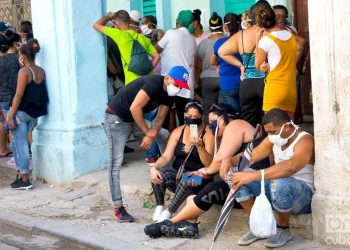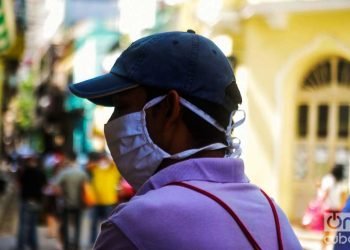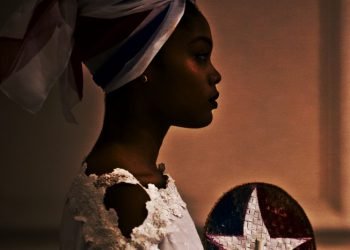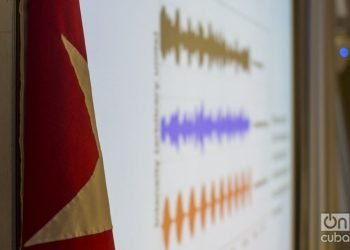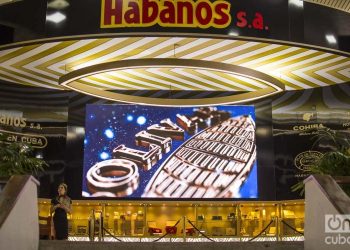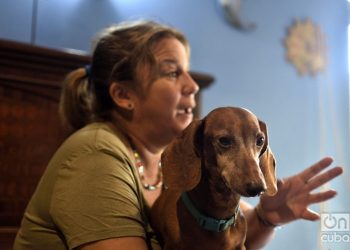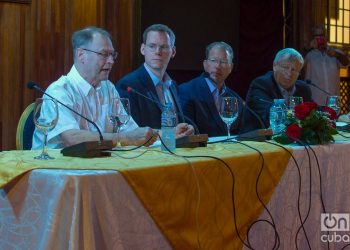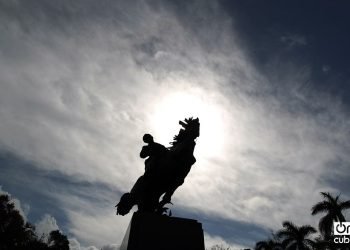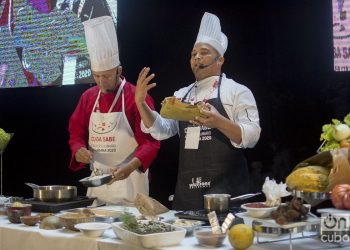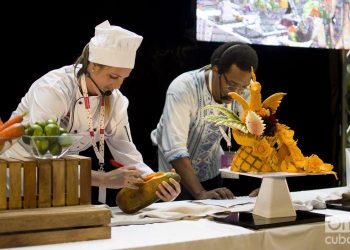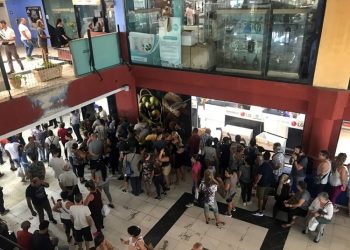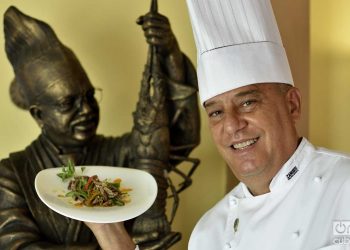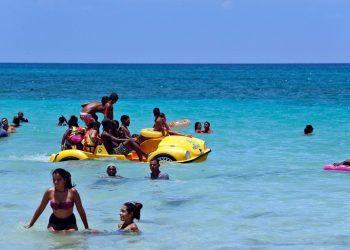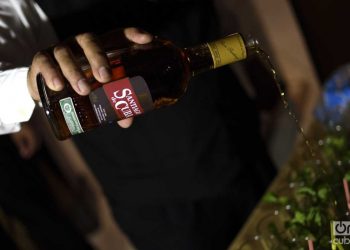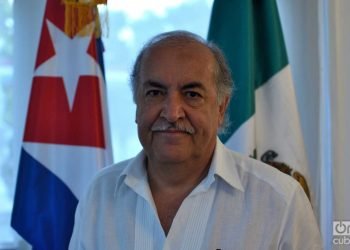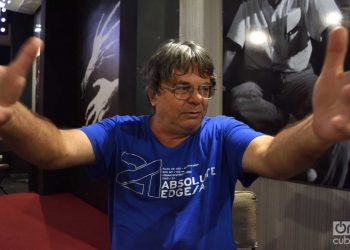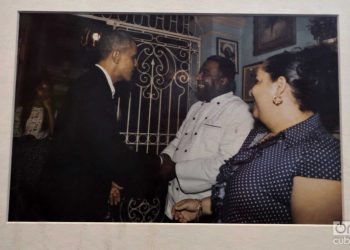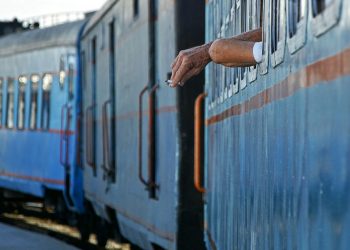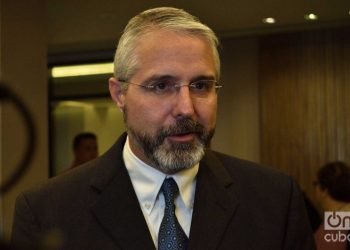Why has Cuban biotechnology been successful against COVID-19? (II)
Help us keep OnCuba alive here The biotechnology sector has been fundamental in Cuba’s successful battle against COVID-19. Thanks to a more than 30-year-old structured and recognized industry, the talent and dedication of its scientists, and the results obtained over decades, the island’s biotechnology has been able to quickly make available to hospitals a battery of products, converted by their effectiveness into pillars of the Cuban medical protocol against the pandemic. The recombinant interferon alpha 2b, of proven antiviral efficacy, the monoclonal Itolizumab and the CIGB 258 peptide, the latter two used in the treatment of patients who reach the severe phases of the disease, have been key in reducing the mortality rate from COVID-19 in Cuba, which has remained below 4%. They are not, logically, the only medicines produced on the island now redirected as part of this battle for life, but they are bulwarks of that effort, the most visible fruits today of a leafy tree still growing and with many challenges ahead. “There are 70 ongoing research protocols in Cuba related to COVID-19, which in these months have been approved by the joint scientific committee. It may be difficult for someone to believe, but it is so,”...



